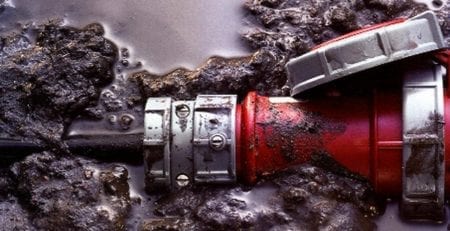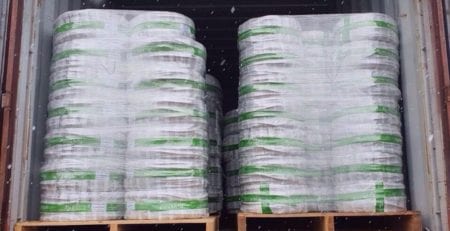Rubber prices will remain high
Rubber prices will remain high


This site uses Akismet to reduce spam. Learn how your comment data is processed.

Introduction of Mennekes Industrial Plugs Mennekes is the manufacturer of drive public plug industry in the world. Mennekes plugs strong> has been... read more
SangJin signal cable price list Update SangJin signal cable price list 12/2025 - Retail discount under 100m 25% off - Retail discount over... read more
Copper prices rose on March 6, supported by prolonged disruptions at the world's two largest copper mines, and a recent... read more
Why are site plugs widely used? Bekonec site sockets and plugs. In order to integrate with the world and carry out... read more

What is a capacitor Capacitor is an electrical device consisting of two conductors placed in a sealed vessel separated by an... read more

Quan Pham Industrial Electrical Equipment Co., Ltd would like to thank you for your support in the past time. We... read more
Quan Pham Industrial Electrical Equipment Co., Ltd specializes in manufacturing and supplying materials and equipment electrical switchboard, cable ladder. You can... read more
Price list DUSONC welding cable 12/ 2025 SPECIFICATION PRICE NOTE Welding Cable 16 29,000 200m/roll Welding Cable 25 44,000 200m/ roll Welding Cable 35 63,000 200m/ roll 50 solder cable 86,000 200m/ roll 70 solder cable 125,000 100m/... read more
Crane control cable The control cable for the crane button has a bearing steel core used to transmit the signal... read more

Welding cable available at bulk warehouse Jeiju welding cable (orange tape) - Samwon soldering cable (green tape) - Dusonc welding cable... read more


Leave a Reply